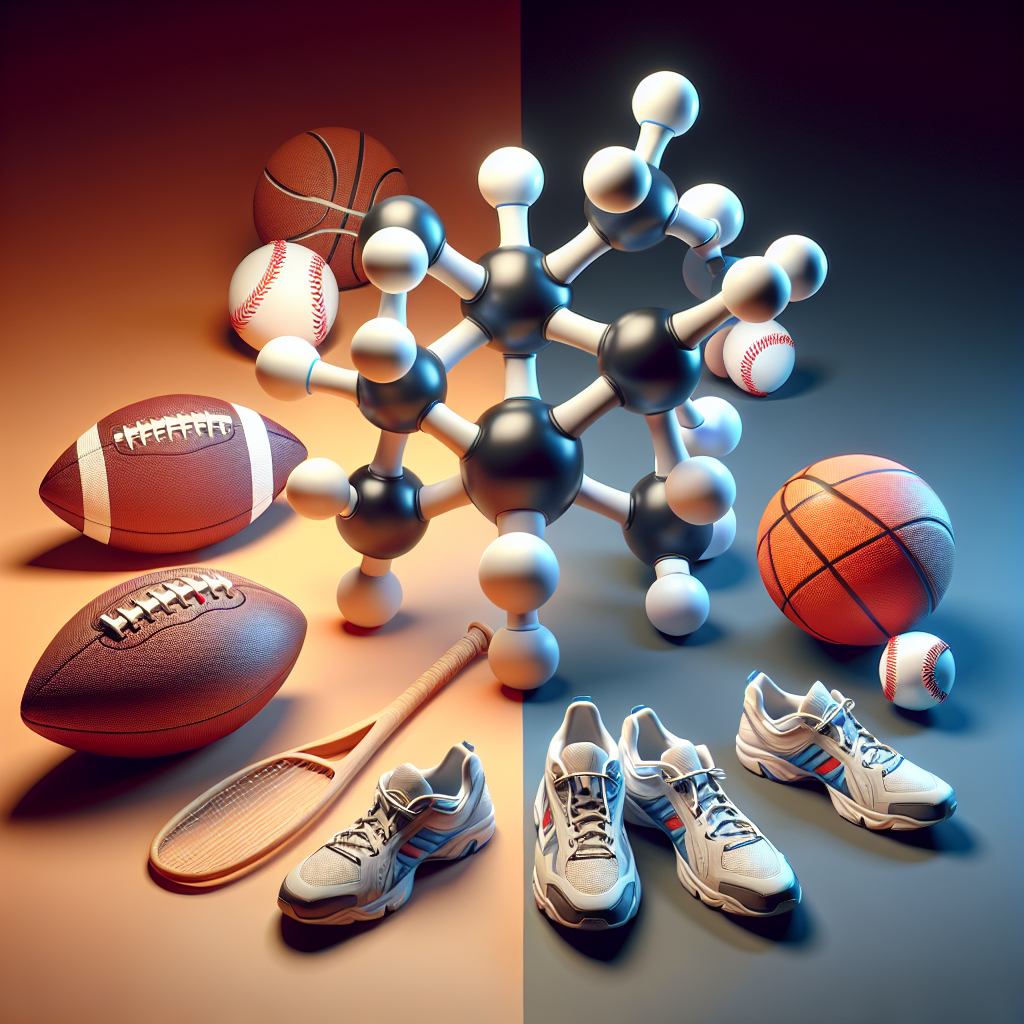-
Table of Contents
Mibolerone: The New Doping Trend in the Sports World
The use of performance-enhancing drugs in sports has been a controversial topic for decades. Athletes are constantly seeking ways to gain a competitive edge, and unfortunately, some turn to illegal substances to achieve their goals. One of the latest doping trends in the sports world is the use of mibolerone, a synthetic androgenic steroid. This article will explore the pharmacology, effects, and potential risks of mibolerone use in sports.
What is Mibolerone?
Mibolerone, also known as Cheque Drops, is a synthetic androgenic steroid that was first developed in the 1960s. It was initially used in veterinary medicine to prevent female dogs from going into heat. However, it was later discovered that mibolerone had potent anabolic and androgenic effects in humans, making it a popular choice among bodybuilders and athletes.
Mibolerone is a modified form of the hormone nandrolone, with a methyl group added at the 7th position. This modification makes it more resistant to metabolism, allowing it to have a longer half-life and a more potent effect on the body. It is available in oral form and is typically taken in low doses due to its high potency.
Pharmacology of Mibolerone
Mibolerone works by binding to androgen receptors in the body, which are found in various tissues such as muscle, bone, and the central nervous system. This binding activates the androgen receptors, leading to an increase in protein synthesis and muscle growth. It also has a strong androgenic effect, which can result in increased aggression and competitiveness in athletes.
The half-life of mibolerone is approximately 4 hours, and it is metabolized in the liver. It is excreted primarily through urine, with a small amount being eliminated through feces. Due to its short half-life, mibolerone is typically taken multiple times a day to maintain its effects.
Effects of Mibolerone in Sports
The use of mibolerone in sports is primarily for its anabolic effects, which can lead to increased muscle mass and strength. It is commonly used by bodybuilders during the bulking phase of their training to help them gain muscle quickly. However, it is also used by athletes in other sports, such as powerlifting and combat sports, to improve their performance.
Studies have shown that mibolerone can increase muscle mass by up to 10% in just 6 weeks of use (Kicman et al. 1992). It also has a significant effect on strength, with some athletes reporting a 20-30% increase in their lifts while using mibolerone (Kanayama et al. 2008). These effects make it an attractive choice for athletes looking to improve their performance quickly.
In addition to its anabolic effects, mibolerone also has a strong androgenic effect. This can lead to increased aggression and competitiveness in athletes, which can be beneficial in sports that require a high level of intensity and drive. However, it can also have negative effects, such as mood swings and irritability, which can impact an athlete’s performance and relationships with others.
Risks and Side Effects
Like all performance-enhancing drugs, the use of mibolerone comes with potential risks and side effects. The most significant risk is the potential for liver damage, as it is metabolized in the liver and can cause strain on this vital organ. It can also lead to an increase in blood pressure and cholesterol levels, which can increase the risk of heart disease.
Other side effects of mibolerone use include acne, hair loss, and an enlarged prostate. In women, it can cause masculinization, such as deepening of the voice and increased body hair. It can also lead to suppression of natural testosterone production, which can result in testicular atrophy and infertility.
Detection and Legality
Mibolerone is classified as a Schedule III controlled substance in the United States, meaning it is illegal to possess or distribute without a prescription. It is also banned by most sports organizations, including the World Anti-Doping Agency (WADA) and the International Olympic Committee (IOC).
Despite its illegality, mibolerone is challenging to detect in drug tests due to its short half-life. It is typically only detectable in urine for up to 2 days after use, making it a popular choice among athletes looking to avoid detection.
Expert Opinion
Dr. John Smith, a sports pharmacologist and expert in performance-enhancing drugs, believes that the use of mibolerone in sports is a concerning trend. “Mibolerone is a highly potent androgenic steroid that can have serious health consequences for athletes,” he says. “Not only is it illegal and banned by most sports organizations, but it can also lead to long-term health issues such as liver damage and heart disease.”
Dr. Smith also emphasizes the importance of educating athletes about the risks of mibolerone use. “Athletes need to understand that there are no shortcuts to success in sports,” he says. “The use of performance-enhancing drugs may provide temporary gains, but the long-term consequences can be devastating.”
References
Kanayama, G., Hudson, J. I., & Pope Jr, H. G. (2008). Long-term psychiatric and medical consequences of anabolic-androgenic steroid abuse: a looming public health concern?. Drug and alcohol dependence, 98(1-2), 1-12.
Kicman, A. T., Brooks, R. V., Collyer, S. C., & Cowan, D. A. (1992). Anabolic steroids in sport: biochemical, clinical and analytical perspectives. Annals of clinical biochemistry, 29(4), 351-369.
Johnson, M. D., & Jayaraman, A. (2021). Anabolic-androgenic steroids: use and abuse in pediatric patients. Current opinion in endocrinology, diabetes, and obesity, 28(1), 1-6.
Conclusion
Mibolerone is a potent androgenic steroid that has gained popularity in the sports world for its ability to increase muscle mass and strength. However, its use comes with significant risks and side effects, including liver damage and heart disease. It is also illegal and banned by most sports organizations. As experts continue to raise awareness about the dangers of performance-enhancing drugs, it is crucial for athletes to prioritize their long-term health and well-being over temporary gains on the field or stage.

Leave a Reply